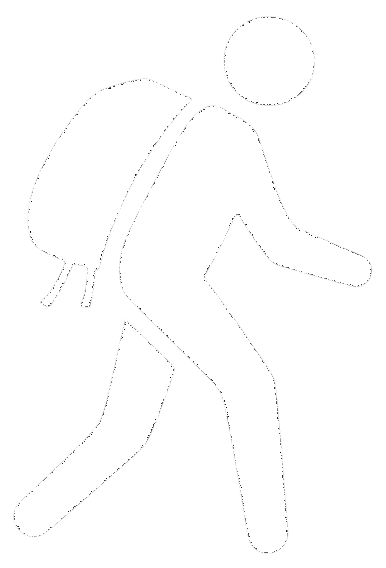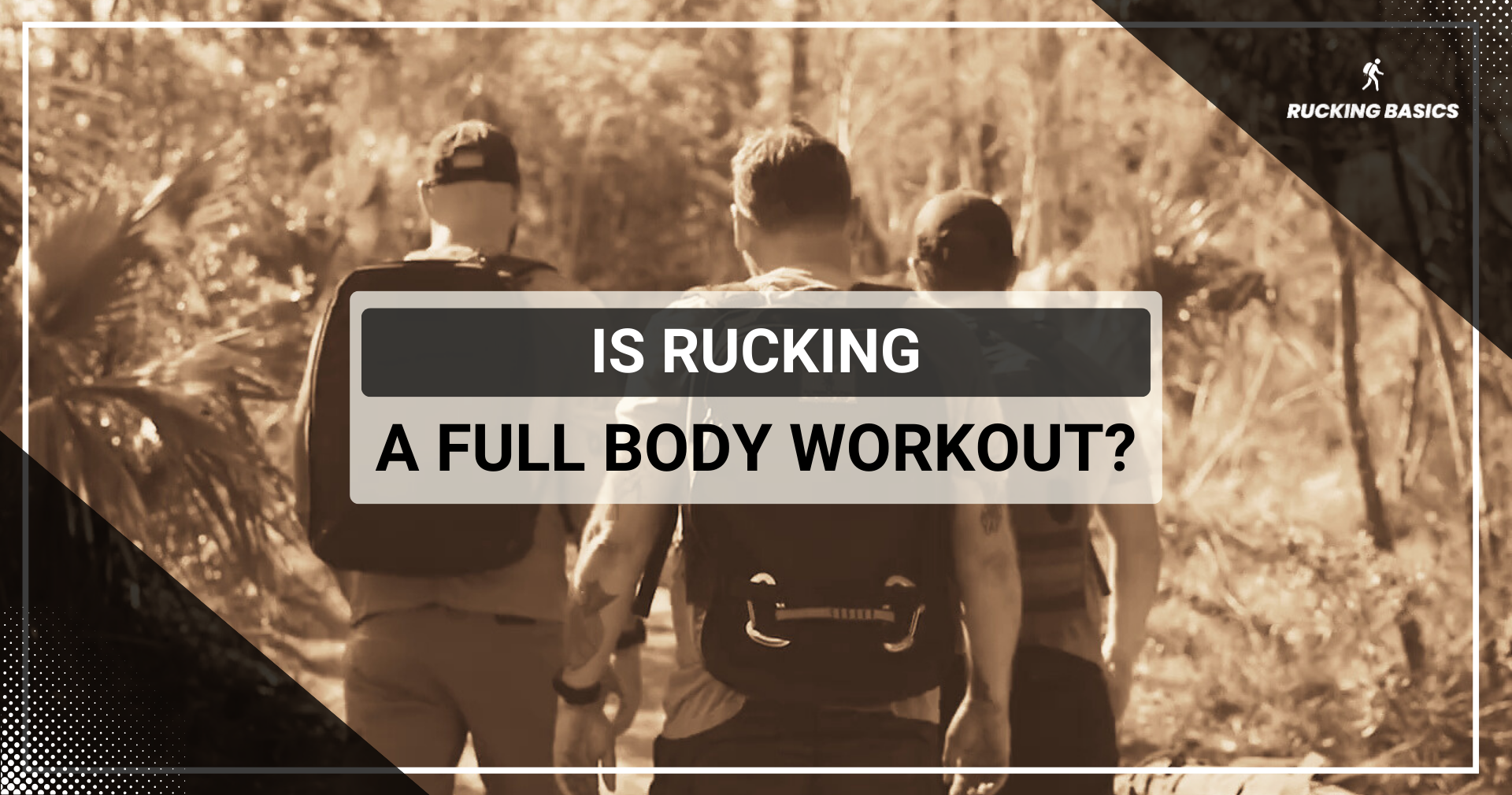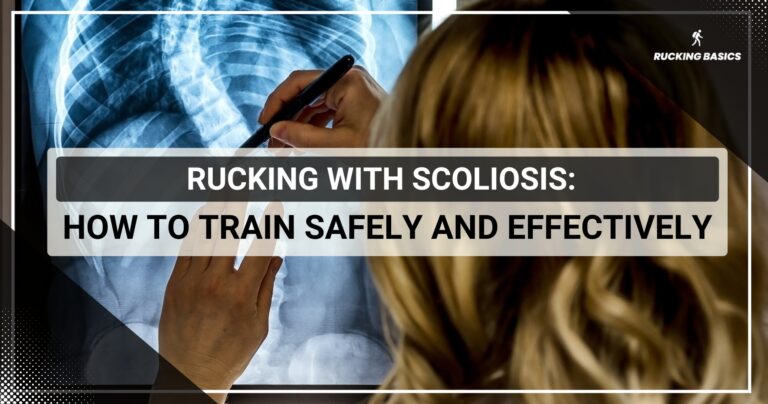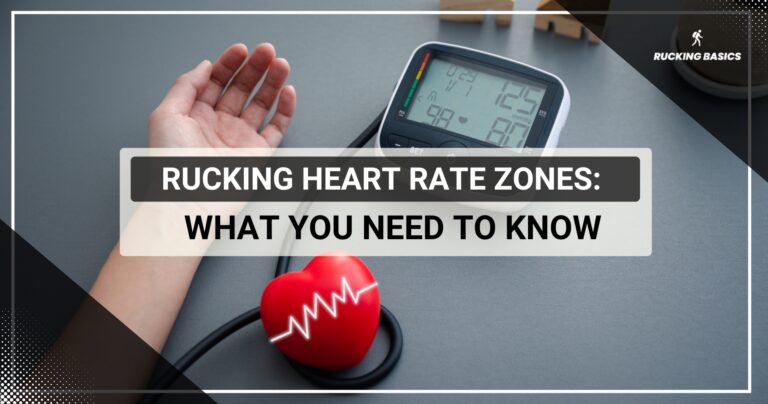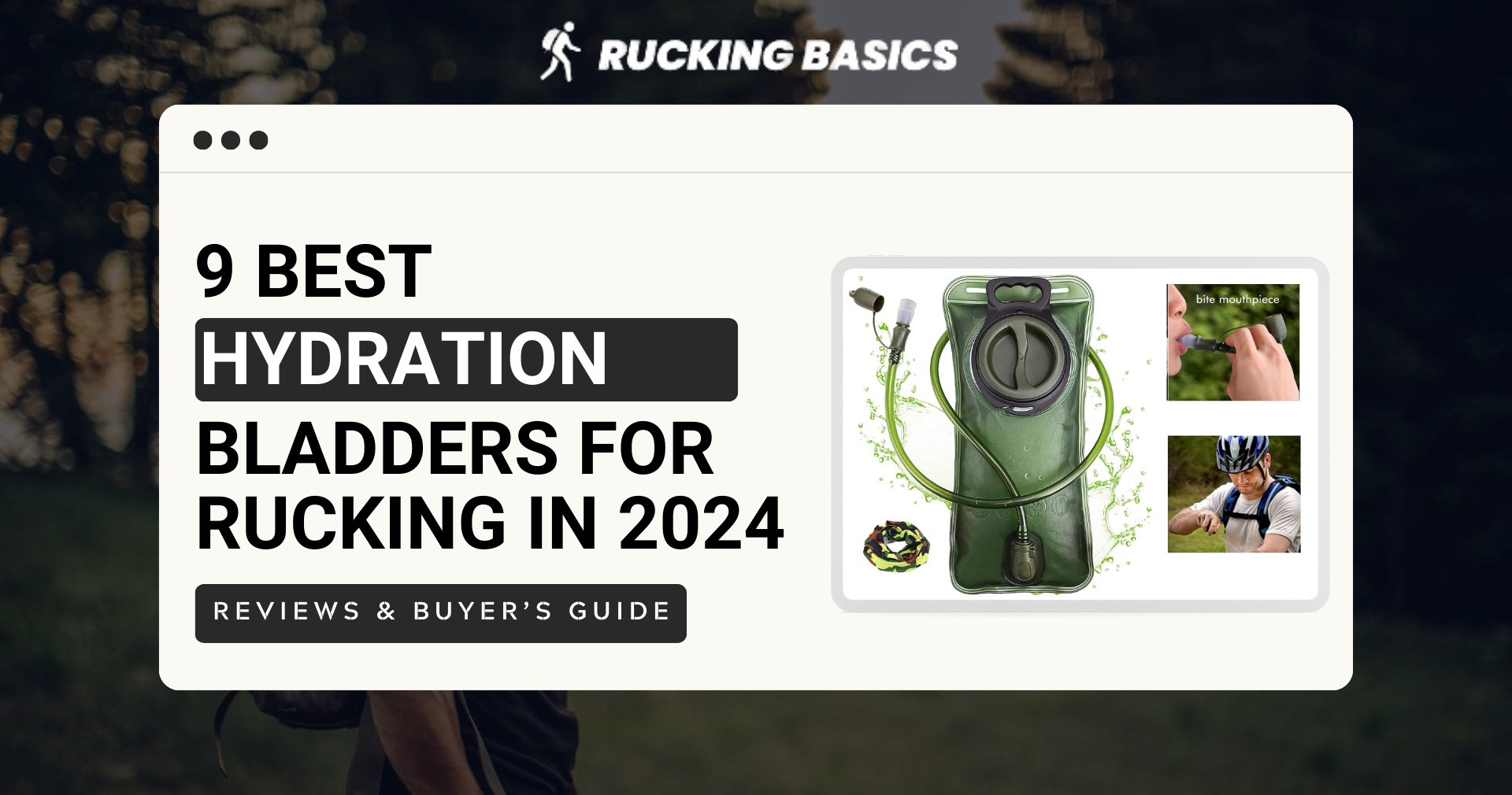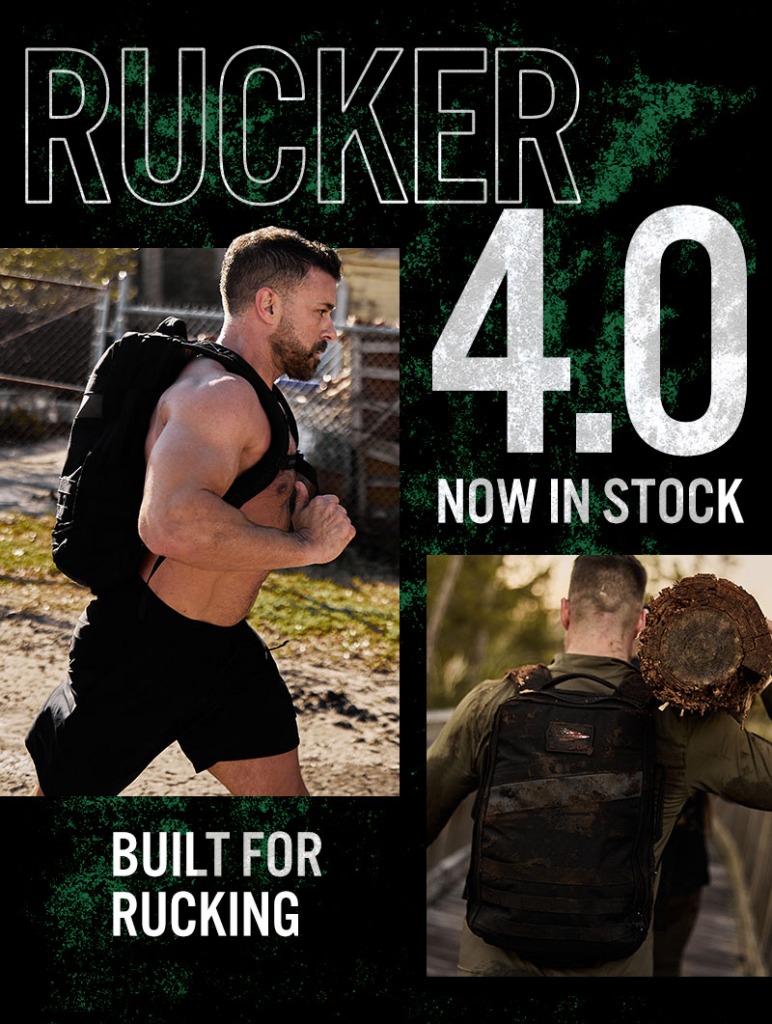Rucking might sound simple—just walking with weight, right? But is it really that easy? Imagine turning your daily stroll into a workout that burns more calories, strengthens your legs, back, and core, and improves your endurance. Sounds like magic, doesn’t it? But here’s the real question: Is rucking truly a full-body workout, or are we just hyping up a heavy walk?
Consider this—many fitness fans struggle to find exercises that work multiple muscles without complex gym routines. Rucking offers a solution, but does it live up to the full-body workout claim? Can it replace other strength exercises?
In this article, we’ll explore:
- The real health benefits—beyond just sore shoulders.m the start.
- What exactly rucking is and why it has military roots.
- How it targets key muscle groups.
Is Rucking a Full Body Workout?
Yes, rucking is absolutely a full-body workout—and here’s why. It works all your major muscles and joints, requiring coordination from head to toe. While it may seem like it only targets your legs at first, the truth is, rucking hits your core and upper body too.
Think about it: carrying a rucksack forces your body to engage muscles you didn’t know you had! As you gradually increase the weight of your ruck, your muscles adapt and grow stronger. Your legs are constantly in motion—ankles, knees, and hips all working together. Meanwhile, your upper body stabilizes the weight, keeping you upright and balanced.
Plus, the heavier your ruck and the tougher the terrain, the more calories you’ll burn. That’s why rucking isn’t considered just a walk but an entire challenge for your whole body.
Now, let’s breakdown even further how rucking affects your entire body and which specific systems in your body benefit the most.
Rucking Engages the Lower Body
Rucking primarily targets the lower body muscles such as the glutes, quadriceps, hamstrings, and calves. But in reality, rucking will work every single muscle of your lower body in all three planes of motion.
This is because the added weight of the rucksack will require you to stabilize not just in the sagittal plane but also in your frontal and transverse plane. Also, the act of carrying additional weight significantly increases the demand on your muscles, enhancing overall strength and muscular endurance over time.
In my experience, picking the proper underwear is crucial so your legs feel comfortable and you avoid creating rashes and scratches during long hikes. In case you want to avoid all the negatives of wearing improper underwear, check our guide on the best types of underwear for rucking.
Rucking Strengthens the Upper Body and Core
The upper body, particularly the shoulders, upper back, and traps is engaged in the act of carrying the backpack. Maintaining proper posture while rucking is crucial and naturally involves the core muscles, including the abdominals and lower back. This not only helps to improve core strength but also enhances stability and balance.
Also, this is why rucking for the upper body is primarily classified through a continual isometric contraction. The function of your trunk, consisting of your abdominals and certain hip muscles, is primarily to keep your body stable while walking and carrying a rucksack or backpack.
Rucking Offers Additional Cardiovascular and Endurance Benefits
Beyond muscle engagement, rucking elevates the heart rate, contributing to cardiovascular health and endurance. The added weight makes your heart work harder to supply oxygen to your muscles, increasing cardiovascular endurance. This makes rucking an efficient workout for improving overall fitness.
Carrying weight on your back while walking will force your cardiovascular system to supply nutrients to your muscles quickly so you avoid fatigue. What this does is force your heart to pump the blood much faster so it can deliver those nutrients where needed.
This is how we effectively improve the function of our cardiovascular system, resulting in better longevity and overall health. If you want more detailed insights into your cardiovascular system, then you should definitely check our article about the best rucking apps.
Rucking Also Offers Versatility and Scalability
One of the unique aspects of rucking is its versatility and scalability. By adjusting the weight of the rucksack, individuals can customize the intensity of their workout to suit their fitness level and goals.
This adaptability makes rucking a suitable full-body workout for both beginners and advanced athletes.
The Impact of Rucking on Different Muscle Groups
Rucking is a dynamic activity that engages several key muscle groups across the body. Its effectiveness as a full-body workout can be attributed to the way it challenges these muscles, promoting strength, endurance, and overall physical fitness.
Here’s a closer look at how rucking impacts various muscle groups.
Lower Body Muscles
Here is how rucking impacts lower body muscles.
Glutes and Hamstrings
The act of walking, especially under added weight, heavily engages the gluteus maximus and hamstrings, contributing to stronger, more toned lower body muscles.
Quadriceps
Stabilizing the body and propelling it forward with each step, the quadriceps work continuously during rucking, enhancing leg strength and endurance. If your quads are aching and knees are hurting during intensive rucking sessions, picking the right knee brace can definitely help.
Calves
The calves play a crucial role in each step’s push-off phase, and the added resistance of rucking amplifies their engagement, improving muscular endurance and power. If you’re looking to enhance your lower leg strength, learning how to build rucking calves can be a game-changer. Calves can also be further activated and deliver better performance with proper rucking socks.
Upper Body Muscles
Here is also how rucking impacts upper body muscles.
Shoulders (Deltoids)
Carrying a weighted rucksack places significant stress on the shoulder muscles, strengthening them and improving overall shoulder health and stability.
Upper Back (Trapezius and Rhomboids)
The need to maintain a stable posture with a weighted pack encourages the upper back muscles to work harder, fostering strength and endurance in this area.
Core (Abdominals and Lower Back)
The core muscles are constantly engaged during rucking to maintain balance and posture, especially with the challenge of carrying additional weight, leading to a stronger, more resilient core.
Cardiovascular System
While not a muscle group per se, the cardiovascular system benefits greatly from rucking. The sustained effort required to ruck, particularly over longer distances or with significant weight, improves heart health, increases lung capacity, and boosts overall cardiovascular endurance.
Additional Health Benefits of Rucking You Should Be Aware Of
While the physical benefits of rucking are significant, the exercise’s advantages extend well beyond muscle strength and cardiovascular health. Rucking also offers several other health benefits that contribute to a well-rounded fitness and wellness regimen.
1 – Mental Health Benefits
Below are the most notable mental health benefits tied to rucking.
Stress Reduction
The combination of physical exercise and being outdoors can significantly reduce stress levels. Rucking, often performed in natural settings, provides a dual benefit by combining the calming effects of nature with the endorphin release associated with physical activity.
Improved Mental Clarity and Focus
Regular physical activity, such as rucking, has been shown to improve cognitive function, including enhanced focus, memory, and mental clarity.
Increased Endorphins
Like other forms of exercise, rucking increases the production of endorphins, the body’s natural mood elevators, leading to improved mood and a sense of well-being.
2 – Weight Loss and Management
Here is how rucking can impact weight loss and weight management when done properly.
Caloric Burn
Rucking burns more calories than walking alone due to the added weight, making it an effective exercise for weight loss and management.
Metabolic Rate Increase
Regular rucking can increase your resting metabolic rate, meaning you’ll burn more calories even when not exercising, aiding in long-term weight management.
3 – Bone Density and Joint Health
Here are the rucking benefits associated with our articular system and why rucking is perceived as increasing bone density.
Bone Strength
The weight-bearing nature of rucking helps improve bone density, reducing the risk of osteoporosis.
Joint Health
While high-impact exercises can sometimes stress the joints, rucking provides a moderate level of impact that can strengthen the muscles and tissues around the joints, improving their health and function.
4 – Social and Community Aspect
Lastly, rucking isn’t just about muscles and improved lung capacity. Here are some of the less noticed but very important social benefits of rucking.
Building Connections
Rucking is often done in groups, providing a social component that can lead to new friendships and a sense of community.
Teamwork and Leadership Skills
Participating in rucking events or groups encourages teamwork and can help develop leadership skills.
Incorporating Rucking into Your Fitness Routine
Incorporating rucking into your fitness routine is a straightforward process that can yield significant health and fitness benefits. Here are some tips to get you started and ensure you’re rucking safely and effectively.
Getting Started with Rucking
Here is how to get started with rucking to avoid injuries and maximize performance.
Choose the Right Gear
A good-quality backpack and comfortable, durable footwear are essential for rucking. Ensure your backpack fits well and can hold the desired weight securely.
Start with Manageable Weight
Begin with a weight that is challenging but manageable. A good starting point is 10% of your body weight. As you become more comfortable with rucking, you can gradually increase the weight.
Plan Your Route
Start with flat, even terrain and plan for a distance that you can comfortably cover, given the added challenge of the weight. As your endurance improves, you can explore more challenging routes.
Tips for Beginners
Here are some of the best tips I believe are essential for every beginner rucker.
Tip #1 – Focus on Posture
Keep your back straight and shoulders back to avoid strain. Proper posture is crucial to prevent injuries.
Tip #2 – Stay Hydrated
Carry water with you, especially on longer rucks. Staying hydrated is key to maintaining your performance and health.
Tip #3 – Listen to Your Body
If you experience pain beyond the usual muscle fatigue, take it as a sign to rest and reassess the weight you’re carrying or your rucking technique.
Tip #4 – Gradually Increase Weight
Once you’re comfortable with your initial weight, gradually add more in small increments. This will help your body adjust without risking injury.
Tip #5 – Vary Your Routes
Incorporate hills or uneven terrain to challenge different muscle groups and improve your balance and stability.
Tip #6 – Incorporate Intervals
Mix periods of faster walking or even jogging with your regular pace to increase the cardiovascular challenge.
Wrapping Up
So, what’s the verdict?
Rucking is far more than just a walk with some extra weight because it delivers a full-body workout, strengthens muscles, boosts heart health, and even sharpens your mind. Plus, it’s straightforward, no fancy equipment required.
But here’s the best part: it’s for everyone.
Whether you’re new to fitness or a seasoned athlete, rucking fits right in. No overcrowded gyms or complicated routines—just you, a backpack, and the open road.
So, why not give it a go?
Throw on a rucksack and see for yourself.
Who knows, you might just surprise yourself with how strong, healthy, and resilient you can become.
Frequently Asked Questions
How Many Times a Week Should You Ruck?
You should ruck two to three times a week. This frequency allows for adequate recovery time between sessions while providing sufficient stimulus for fitness improvements.
Can You Get Big From Rucking?
You can increase muscle endurance and tone from rucking, but significant muscle mass gains are unlikely. Rucking primarily enhances cardiovascular health and muscular endurance rather than building large muscle volume.
Can Rucking Replace Running?
Rucking can replace running for cardiovascular and endurance training purposes. It offers a lower impact alternative that still improves cardiovascular health and burns calories, though the two activities target different fitness aspects.
Can Rucking Get You Ripped?
Rucking can contribute to a lean, toned physique by burning fat and improving muscular endurance. However, achieving a “ripped” appearance also requires a comprehensive fitness approach, including strength training and nutrition management.
References:
- Peterson MD, Pistilli E, Haff GG, Hoffman EP, Gordon PM. Progression of volume load and muscular adaptation during resistance exercise. Eur J Appl Physiol. 2011;111(6):1063-1071. doi:10.1007/s00421-010-1735-9
